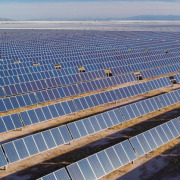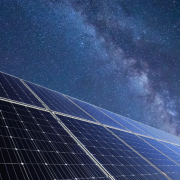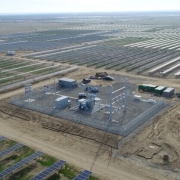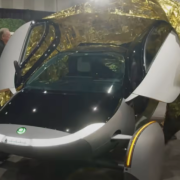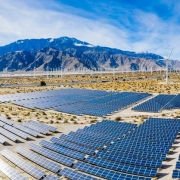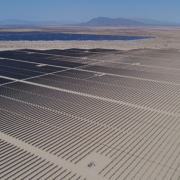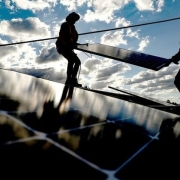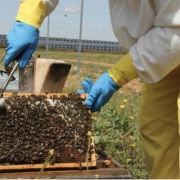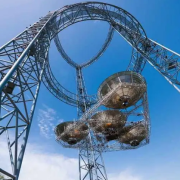In Odessa, Texas, workers at a startup called SolarCycle unload trucks carrying end-of-life photovoltaic panels freshly picked from commercial solar farms across the United States. They separate the panels from the aluminum frames and electrical boxes, then feed them into machines that detach their glass from the laminated materials that have helped generate electricity from sunlight for about a quarter of a century.
Next, the panels are ground, shredded, and subjected to a patented process that extracts the valuable materials — mostly silver, copper, and crystalline silicon. Those components will be sold, as will the lower-value aluminum and glass, which may even end up in the next generation of solar panels.
Click here to read the full article
Source: Grist
—
If you have any questions or thoughts about the topic, feel free to contact us here or leave a comment below.

